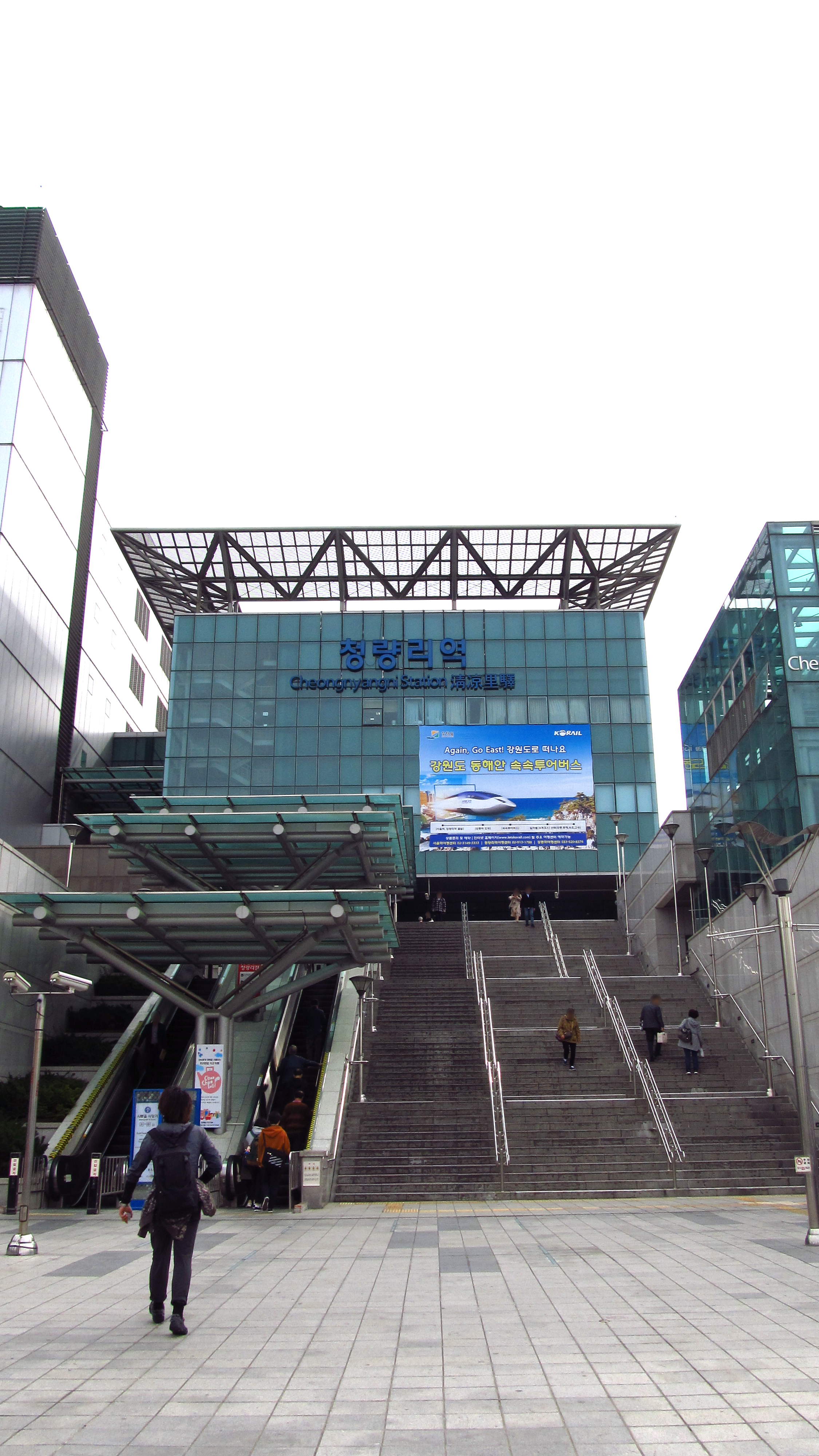Seoul's Dongdaemun District Considers Renaming Cheongnyangni-dong to Cheongnyang-dong

On July 21, 2025, the Dongdaemun District of Seoul initiated a survey among residents regarding the potential renaming of Cheongnyangni-dong to Cheongnyang-dong. This move comes in response to ongoing complaints from locals who associate the name with the notorious red-light district known as 'Cheongnyangni 588'. The name 'Cheongnyang' is derived from the nearby Cheongnyangsa (청량사) temple, which means 'clear and refreshing'. Historical records, including the Annals of the Joseon Dynasty, mention the name Cheongnyangni. During the Japanese occupation, it was referred to as 'Cheongnyangni-jeong', with 'jeong' being a Japanese administrative term. After liberation, 'jeong' was replaced with 'dong' (동), which means 'neighborhood'. The area became known for its red-light district during the Korean War, as Cheongnyangni Station served as a hub for transporting military personnel, leading to an influx of sex workers. By the 1990s, there were over 200 establishments in the area, commonly referred to as 'Cheongnyangni 588', although the origin of this name remains unclear. The area underwent significant redevelopment in the 2000s, with the last of the brothels disappearing by 2017, replaced by high-rise residential complexes. New residents in their 30s and 40s have expressed concerns that the area's historical reputation is negatively impacting property values and have called for a name change. Conversely, long-time residents argue that Cheongnyangni is a historically significant neighborhood that symbolizes Dongdaemun and that changing the name would incur substantial costs. The district plans to gather resident feedback until September before making a final decision. This is not the first instance of a neighborhood name change in Seoul aimed at improving local image; for example, Gangil-dong was previously known as Ha-il-dong, which was changed in 2000 due to its negative connotation. Efforts to rename Sinlim-dong and Bongcheon-dong to eliminate their 'poor neighborhood' image have not been successful.
What do you think?
0 reactions





